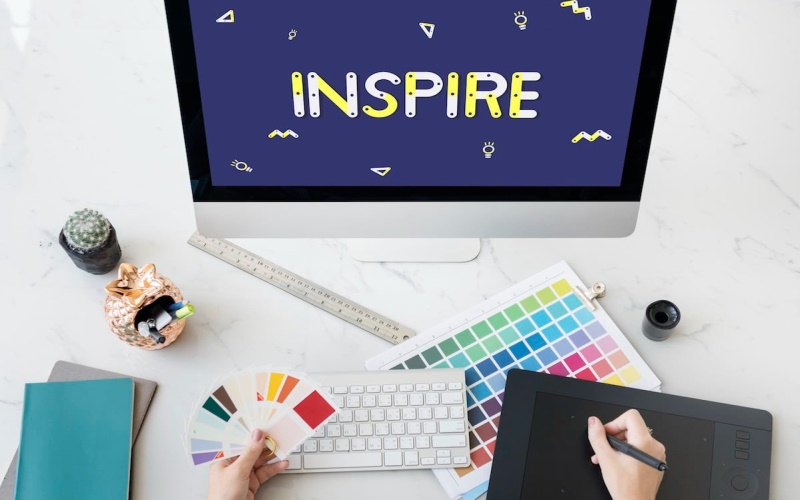Fonts are often an afterthought in design, but they can be a powerful tool to elevate your project from good to great. Beyond just choosing a readable typeface, fonts can be used strategically to convey mood, establish hierarchy, and even create visual interest. This article explores ten creative ways to use fonts to take your design to the next level, from playful pairings to unexpected text effects. Buckle up and get ready to unlock the full potential of typography in your designs!
Mix and Match
Don’t limit yourself to using just one font in your design. Experiment with combining different fonts to create contrast and visual interest. Pair a bold, attention-grabbing font with a more understated, elegant one to create a dynamic composition that draws the eye.
Create Hierarchy
Use fonts to establish hierarchy and guide the viewer’s attention through your design. Play with font size, weight, and style to emphasize important information and create a clear visual hierarchy. Make headings larger and bolder than body text to make them stand out and convey their significance.
Experiment with Typography Effects
Explore the creative possibilities of typography by experimenting with effects like shadowing, outlining, and overlapping. These effects can add depth and dimension to your text, making it more visually engaging and memorable.
Use Typography as Art
Treat typography as an art form in itself by incorporating it into your designs in unexpected ways. Turn words and letters into visual elements by manipulating their size, shape, and orientation to create intriguing patterns and compositions.
Tell a Story
Use fonts to help tell a story or evoke a specific mood in your design. Choose fonts that reflect the tone and theme of your content, whether it’s playful and whimsical or sleek and modern. Consider how different fonts can convey various emotions and tailor your choices accordingly.
Customize Fonts
Don’t be afraid to customize fonts to perfectly suit your design needs. Whether you adjust letter spacing, alter individual characters, or create entirely custom letterforms, customization allows you to tailor fonts to suit your unique style and vision.
Incorporate Handwriting
Incorporating handwritten fonts can add a personal touch to your designs. They can inject warmth and personality into your design, making it feel more authentic and relatable. Use them for quotes, headlines, or other elements where a personal touch is desired.
Play with Color
Experiment with color to enhance the impact of your typography. Use bold, contrasting colors to make your text pop against the background, or opt for subtle shades that complement your overall color scheme. Color can evoke emotions and associations, so choose hues that reinforce the message you want to convey.
Consider Context
Think about where and how your design will be viewed when selecting fonts. Different fonts may be more suitable for print versus digital or for large-scale signage versus small-scale packaging. Consider factors like legibility, readability, and aesthetic appeal to ensure your fonts are appropriate for their intended context.
Embrace Negative Space
Remember to underestimate the power of negative space in typography. Sometimes, less is more, and allowing ample breathing room around your text can make it more impactful and visually striking. Experiment with placement and spacing to create balance and harmony in your designs.
Conclusion
Fonts are versatile tools that can be used in countless creative ways to enhance your designs. By experimenting with mixing and matching fonts, creating hierarchy, using typography effects, and incorporating handwritten elements, you can create visually stunning compositions that captivate and engage your audience.

